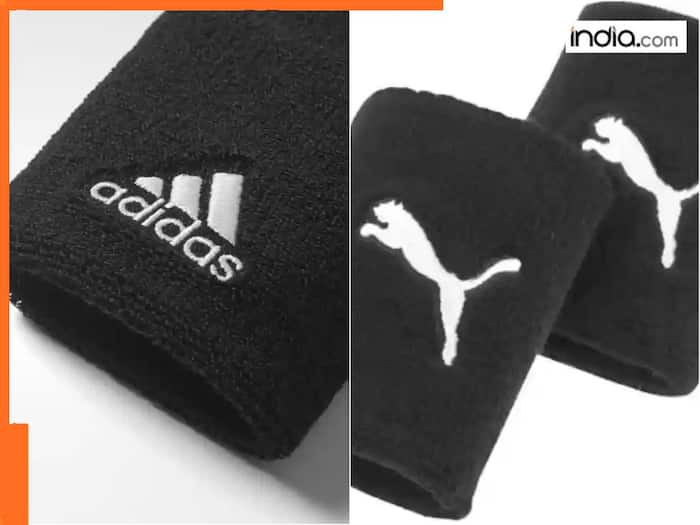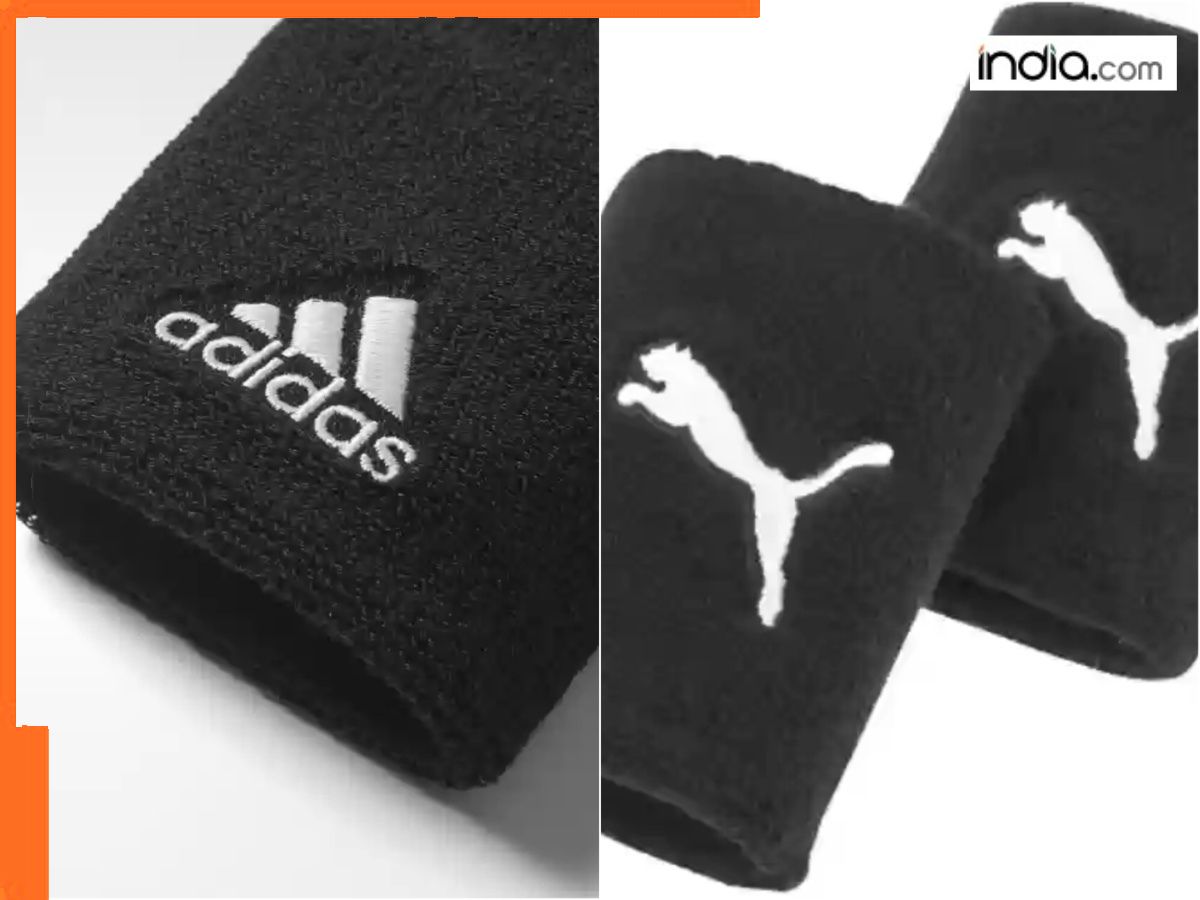The Dassler brothers, Rudolf Dassler and Adolf ‘Adi’ Dassler, started the Dassler Brother Shoe Factory in Herzogenaurach, Germany, which later split into what we know today as Adidas and Puma.

Adidas and Puma are undoubtedly two of most iconic sports brands in the world today, boasting a market cap of 41.29 billion and 39.2 billion euros, and loved by millions across the globe. But not many know the story of how both these two legendary sports apparel brands have their roots in a small town in Germany where two brothers shared a dream of starting a successful shoe-making business.
Born in 1898 and 1900, respectively, the Dassler brothers, Rudolf Dassler and Adolf ‘Adi’ Dassler, were born and raised in Herzogenaurach, a quiet little Bavarian town in Germany where shoe-making was the primary business at the time. Their father also worked at a local sh0e-making factory in the town.
After fighting for their country in World War I, the brothers returned home and dreamed of starting their own shoe-making business, and in 1924, founded the Dassler Brothers Shoe Factory, where they specialised in making shoes for athletes.
However, little did anyone realise that years later, a heated sibling rivalry between the two brothers would spark a corporate war which would tear apart their family and the town, but also give birth to Adidas and Puma, two of the largest sports apparel brands in the world today.
Modest beginnings
The Dassler brothers established a small shoe factory in their home town with Adi (Adolf), partly because of his introverted nature, in charge of designing the shoes, while Rudolf, who was outgoing and business-savvy, handled the marketing and sales aspect of the business. Adi was focused on designing shoes which would boost athletic performance, while Rudolf made sure the business was profitable.
The brothers’ toil soon bore fruit as a pair of shoes they had made made international headlines after American sprinter Jesse Owens, donning a pair of Dassler shoes, won four gold medals at the 1936 Berlin Olympics.
Sibling rivalry turns into bitter feud
The 1936 Berlin Olympics gave Dasslers global recognition, however, cracks were starting to develop in their personal and professional relationship. Not much is known about how the sibling feud started, but one famous story details how a misunderstanding during a World War II air raid led to the rift.
“Here come the bastards again,” Adi is reported to have said during an air raid on the town while two families were seeking shelter. Adi was apparently referring to Allied bombers but Rudolf mistook the comment as being directed at him and his family, triggering a personal animosity which only got worse with time.
Apart from personal differences, the brothers had contrasting personalities which often led to the butting heads at work. While Rudolf believed aggressive marketing was the key to success, Adi focused on innovation, leading to disagreements over the future direction of their company.
Eventually, the rift between the siblings became a huge gulf and they decided to split the company in 1948 with Adi staying at the original factory, rebranding it as Adidas, while Rudolf founded his own shoe company on the other side of the Aurach River, naming it Ruda at first, later rebranding it as Puma.
Adidas vs Puma and ‘the town of bent necks’
The bitter feud between the Dassler brothers not only split the family but the entire town of Herzogenaurach, with people, restaurants, shops, and even schools, siding either with Adidas or Puma. The division became so entrenched that Herzogenaurach was nicknamed the ‘town of bent necks, as residents used to glance down at each other’s shoes to check whether they were aligned with Puma or Adidas.
Even families were torn apart as Puma employees refused to associate with those working for Adidas and vice versa, ripping a once close-knit community into shreds and turning brother against brother, literally.
However, despite the obvious downsides of the sibling rivalry, it also had a silver lining as it drove both companies to innovate at a rapid pace as they strived to stay ahead of each other.
While Adidas focused on innovations, notably introducing the screw-in studs on its boots, a move which revolutionized football, on the other hand, Puma under Rudolf, stressed on brand-building and marketing,
Puma signed Brazilian football star Pelé in 1970 and the move paid off when he famously asked the referee to pause the World Cup final so he could tie his Puma boots, a brilliant marketing tactic which made sure millions of eyes were focused on the brand.
A historic rivalry
The Dassler brothers, whose rivalry birthed two of the world’s most iconic sports brands, died in the 1970s. They were buried in the same cemetery in their home town of Herzogenaurach, albeit on opposite sides, the sibling feud remaining unreconciled even after death.
Meanwhile, both Adidas and Puma continued their expansive growth, with the former now the second-largest sportswear manufacturer in the world, while the latter recognized as a trend-setter in the world of lifestyle apparel and football.
After more than 60 years since the Dasslers had split the parent company, Adidas and Puma played a friendly football game in 2009 to mark a symbolic truce. Yet, the sibling rivalry which changed the modern sports industry is one of the most
In 2009, more than 60 years after the split, Adidas and Puma employees played a friendly football match to signify a truce between the companies. Dubbed the Peace One Day event, it was a symbolic gesture, but the historic rivalry between the two brands remains one of the most captivating stories in the business world.

